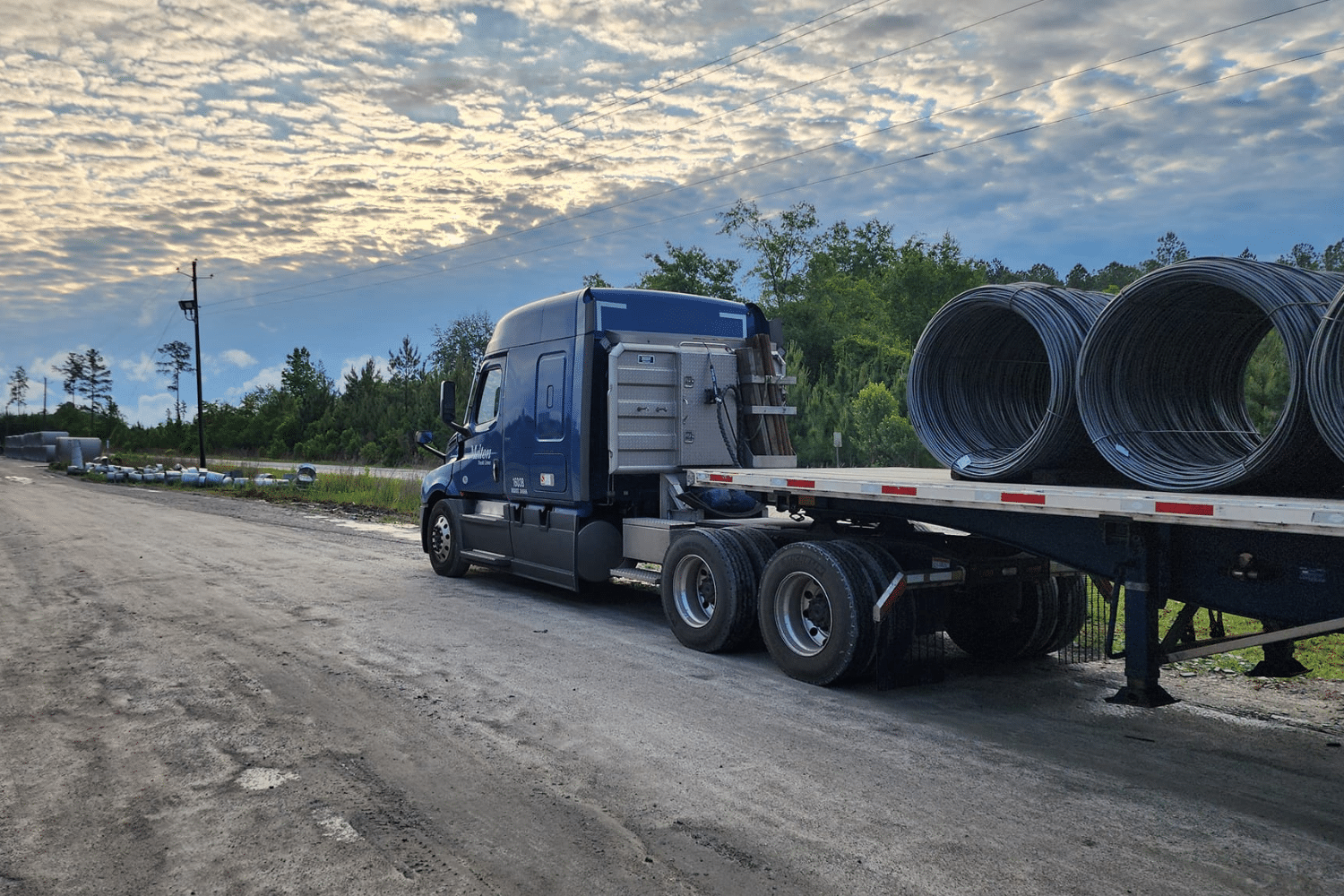
What are Hours of Service? & Other Facts About HOS
Amongst many of the rules and regulations that are weaved through a truck driver’s everyday life, HOS, or hours of service is one of the most crucial. Understanding them is the key to maximizing your productivity and staying on top of regulations.
What Does Hours of Service (HOS) Mean?
Hours of Service, as laid out by the Federal Motor Carrier Safety Administration, are the maximum number of hours in a day that a driver is permitted to be on duty, including driving time, and specifies the number and length of time required for rest periods. This is to help ensure that compliant drivers are awake and alert, and lessens the risk of accidents. HOS regulations apply to drivers who operate a commercial vehicle which match the following conditions:
- Vehicle weight (including any load) is at least 10,001 pounds
- Has a gross vehicle weight rating of 10,001 pounds or more
- Is used or designed to transport 9 or more passengers (for compensation)
- Is used or designed to transport 16 or more passengers (not for compensation)
- Transports hazardous materials in a quantity that requires placards
What are the Current HOS Rules?
For long haul, over the road drivers, the exact regulations are as follows:
-
11-hour driving limit
- Drivers may only drive a maximum of 11 hours after 10 consecutive hours off duty.
-
14-hour driving limit
- Drivers may not drive longer than 14 hours after coming on duty, following 10 consecutive hours off duty. Off-duty time doesn’t extend the 14-hour period.
-
30-minute driving break
- Drivers must take a 30-minute break when they have driven for a period of 8 cumulative hours without at least a 30-minute interruption.
-
60/70-hour limit
- Driving limits for property-carrying drivers regulate that drivers may not drive more than 60 hours per 7 days, or 70 hours per 8 days. To restart this period, drivers are required to spend 34 or more consecutive hours off-duty.
Additional provisions have been made for specific situations:
-
Sleeper Berth Provision
- Drivers may split their 10-hour off-duty period into two, as long as one off-duty period is at least 2 hours long and the other involves at least 7 consecutive hours spent in the sleeper berth. Please keep in mind that all sleeper berth provisions must add up to at least 10 hours. This can be preferable to some drivers, depending on their schedule and preferred driving times.
-
Adverse Driving Conditions
- Drivers are able to extend the 11-hour maximum driving limit and the 14-hour driving window by up to 2 hours when adverse driving conditions are encountered.
What Happens if Hours of Service Regulations Aren’t Followed?
During Blitz Week, one of the top priorities every driver and carrier alike should plan for is downtime and delays. It’s not uncommon for inspections to take some time, whether that’s during the inspection itself, or by waiting in line for these inspections to take place.
So, when planning loads that may travel throughout this period, add at least a day to your load planning/trip planning process to ensure you’ve got enough wiggle room to still meet your company’s needs and your client’s expectations.
Another important thing drivers should be doing is ramping up their pre-trip inspections. Checking the items that are focused on during Blitz Week is important, but ensuring you are taking the time to review all systems thoroughly and schedule maintenance in advance if you think it’s necessary.
It’s important for drivers and carriers to closely monitor electronic logging devices (ELDs) to ensure they are accurately logging the hours to remain in compliance. It is of the utmost importance that drivers are taking their breaks and driving only within regulated hours; not only to avoid penalization, but to make sure you are well rested and alert enough to drive safely. To learn more about driver safety, regulations, and other trucking topics, you can view more of our blog posts below.
